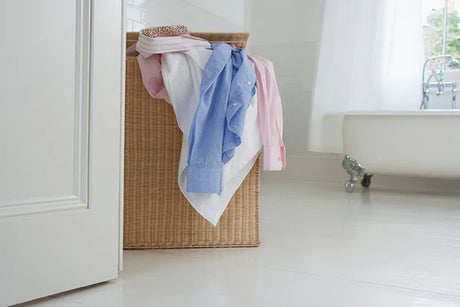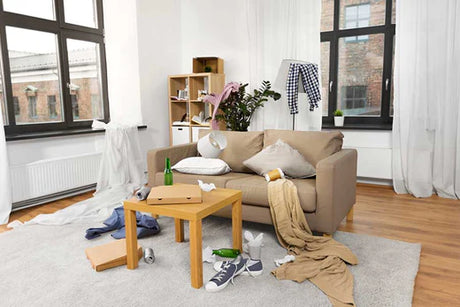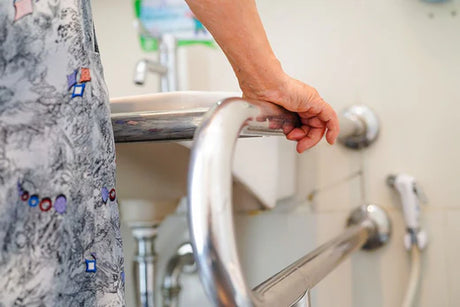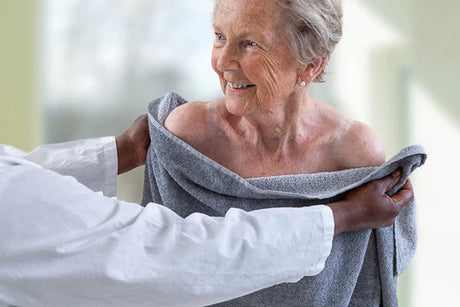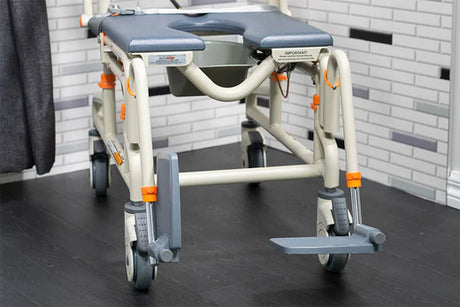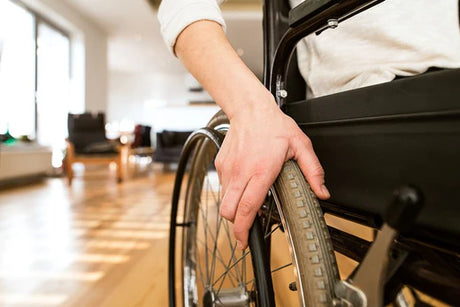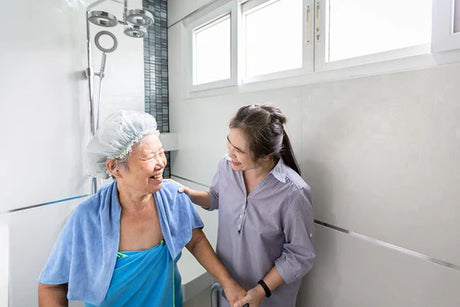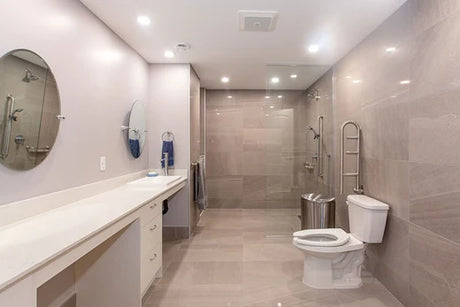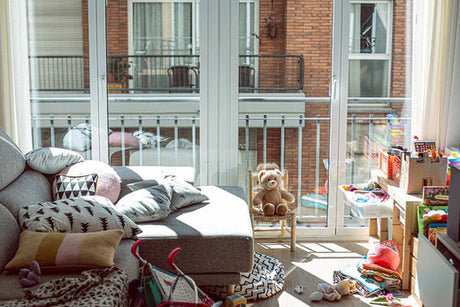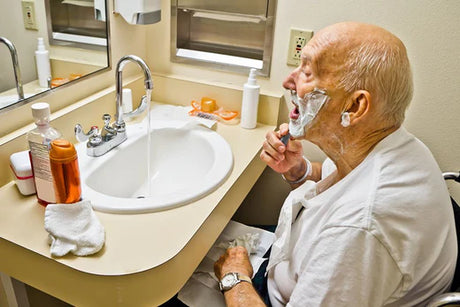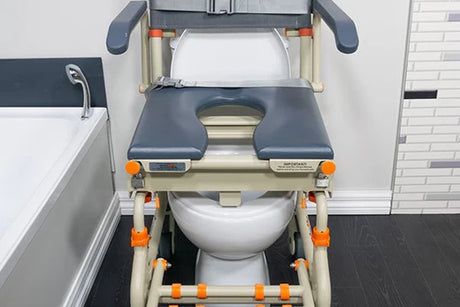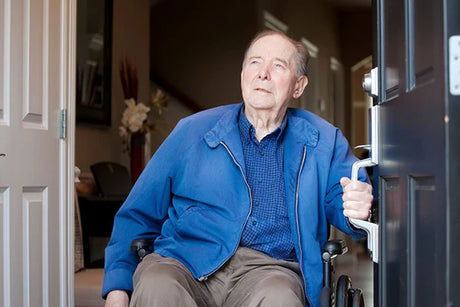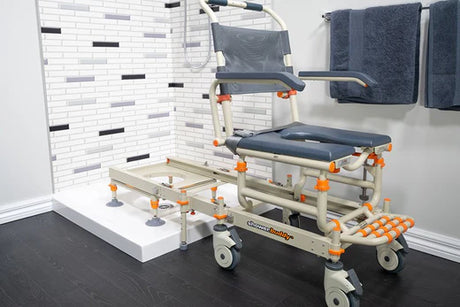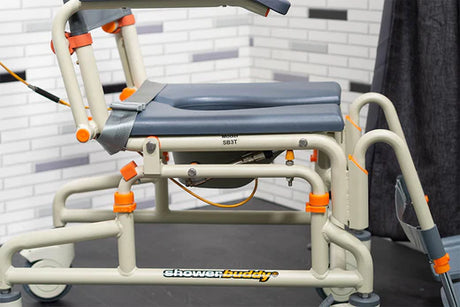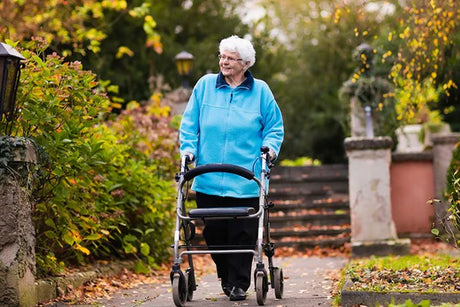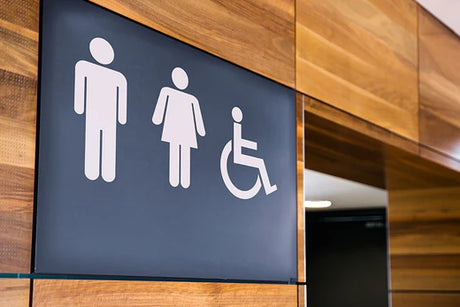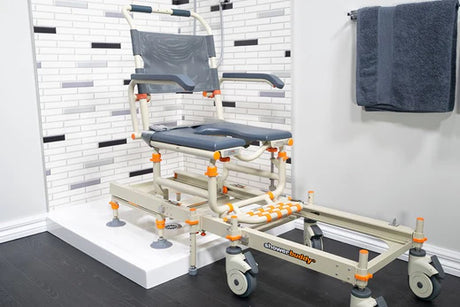In this article we’re going to go into detail about 5 applications of ‘assistive’ clothing design that you might find across the garments you research online or see in a store. If you’re looking to purchase assistive clothing, we’d suggest doing online research first and depending on where you live, consider ordering online to get a better selection and price.
1. Magnetic fasteners instead of domes or buttons
Buttons and domes are tricky enough with full hand dexterity, so it’s unsurprising that these would be a problem for someone with mobility impairment.
As an alternative that makes removal as straightforward as a gentle pull and fastening a matter of proximity, assistive clothing manufacturers have adopted the technique of using magnets to fasten clothing openings. For example, the standard work shirt or blouse will have magnetic sections under the fabric, and the user simply needs to generally locate and align each side of the garment to fasten it closed.
Some brands who produce these shirts may retain the visual appearance of buttons or domes outwardly and simply add in the magnetic component underneath; helping the wearer enjoy the convenience of accessible clothing without sacrificing design.
This magnetic system can also be found on some pants with the same idea – remove the difficulty of a small zipper or buttons but retain the function of fastening.
2. Elastic waisted pants
Then when it comes time to take the pants down or off for toileting or bathing, standard pants’ lack of flexibility can slow the process down – which isn’t ideal in moments where time is of the essence.
Instead of coping with these restrictions, many clothing manufacturers are designing fashion-forward jeans, chinos, slacks, trousers and suit pants with elastic waist-bands. All of the appearance and function of those various pant styles is retained, with the waistband simply made from elastic materials for convenience. Many of these pants may also have a stretchy material built into the entire garment, making the feet, lower and upper legs easy to manoeuvre around in everyday wear or putting on and off.
Don’t think that elastic waist bands automatically means a track suit pants (not that these aren’t a good option on occasion!). Some online research and reading up on reviews should give you more than a few options to try that may become mainstays of your wardrobe, ready for any event life may bring.
3. Open back shirts
Even easier still is the action of removing the shirt – a carer simply helps release the back opening and the shirt will come away from the front in a quick moment. These shirts aren’t just good for seniors with mobility impairment, but anyone recovering from an injury with broken arms.
These open back shirts may also come in a style that only allows for a carer to take off or put on. For any individuals who experience dementia or Alzheimers and struggle with inadvertent undressing, this shirt style can be a real advantage for the carer and individual alike.
4. Side zip pants
Much like the magnetic fasteners and open back shirts, there are many different clothing styles available with the same side zip functionality. So for a senior with mobility concerns who wants variety in their wardrobe, there should be a reasonable selection at their disposal. We’d suggest going online first to work out where and what kinds of side zip pants you can find.

5. Velcro shoes
Velcro, an invention from Swiss engineer George de Mestral in the 1950s made a huge impact in clothing as an easy way to fasten fabrics – not to mention being adopted in countless applications across many other industries.
The British-based company’s ‘hook and loop fastener’ invention has in the past been very popular within young children and elderly where coordination and strength may be lacking to easily wear laced shoes. But velcro fastened shoes have also been popular in sports and lifestyle shoes across all demographics, thanks to their convenience.
For a senior who experiences trouble getting shoes on and off, velcro based footwear is a smart choice. The way shoes are fastened with velcro may vary (such as a one-strip on one side design, or one strip on both side design), but the general functionality and benefits are the same for all velcro-fastened shoes. With velcro shoes being popular for decades, the choices for elderly looking to get a pair are plentiful – visit your local shoe stores or search for the exact style you want online.
If velcro isn’t quite right for what you need, and a carer is available to help, zip off accessible shoes are another option to look at. Some of these have shoe uppers that zip off entirely around the shoe, meaning no pulling on the foot whatsoever is needed.
Other ways to make dressing easier without sacrificing style
- Modify your favourite garments – a talented tailor or seamstress may be able to customise your wardrobe classics to allow you to keep wearing them through degrading mobility.
- Combining accessible clothing with other accessories – hats, scarves, watches, glasses and other accents on an outfit can help pull everything together.
- When you find a piece of accessible clothing that you really like, consider buying multiple or variants of that piece. It can be overwhelming the choices available online and sometimes things change or go out of stock. If you find ‘the’ shirt design that’s perfect, it might not be a bad idea getting a number of them. It’s also easier negotiating fewer designs over the week vs. 7 different ones.
- Chat to your doctor and occupational therapist about your mobility requirements and what these are likely to be over the next year or so – it’s better to shop for clothes that will continue meeting your needs for a substantial period.
- Feel free to wear standard clothing as much as it’s practical for everyone. There’s no one single ‘state’ of mobility impairment. For many in their elderly years there are parts of mobility which are easier than others. If, for instance, getting pants on is a chore, but a shirt is easy, there’s only need to look into accessible pants.
Further reading on the topic
If you’re interested in learning more about this topic, you can find useful information via the following resources:
- A beginner’s guide to adaptive clothing – considerable.com
- Adaptive Clothing Takes Stress out of Dressing – AARP
- From shoes to shirts: Adaptive clothing brands can help seniors dress in style and with dignity – Seniors Matter








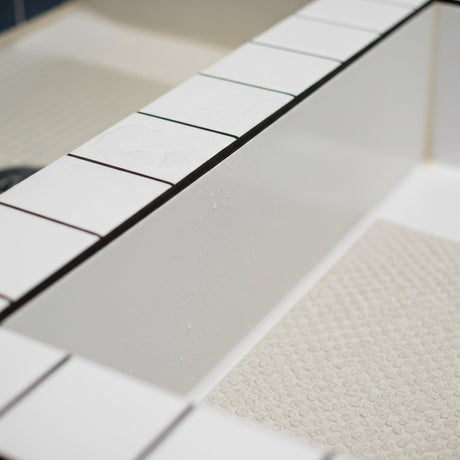

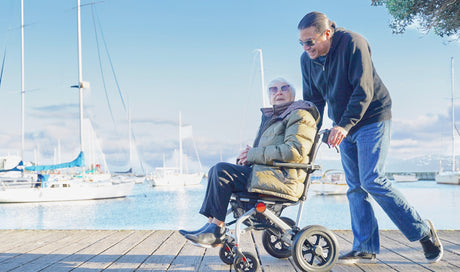
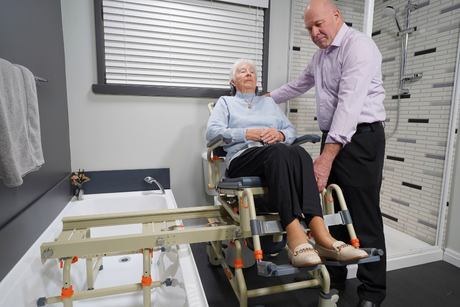
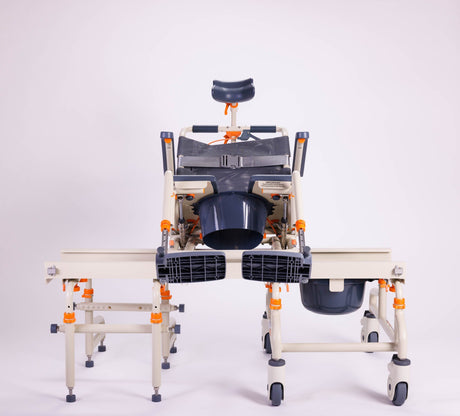
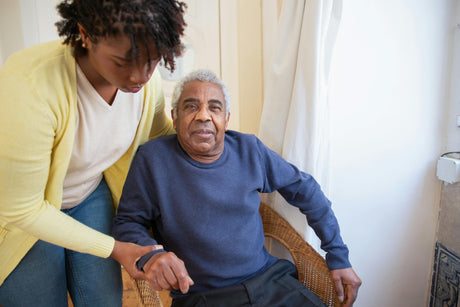
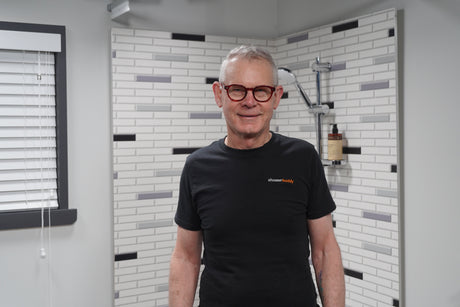
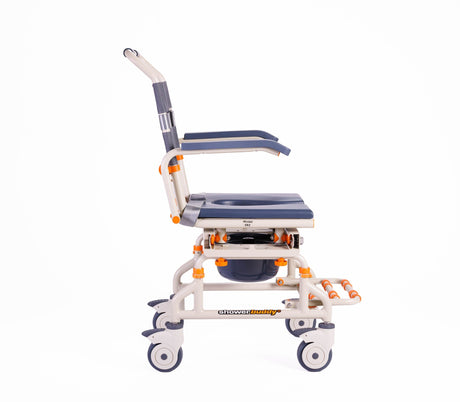
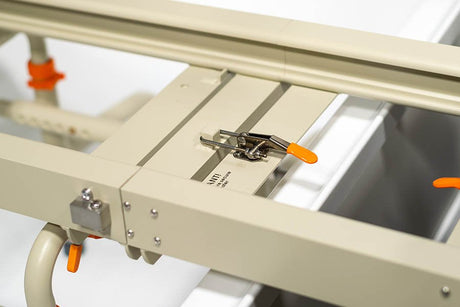

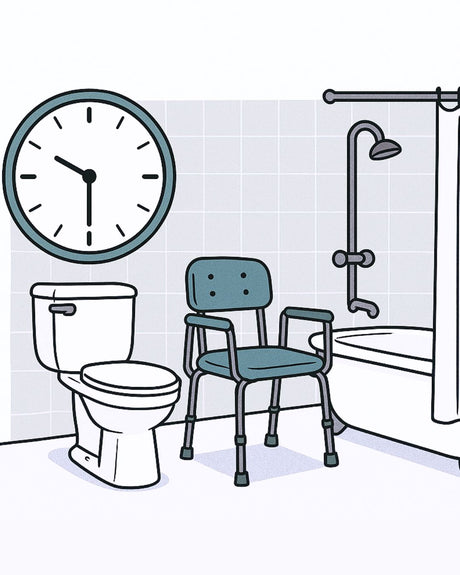
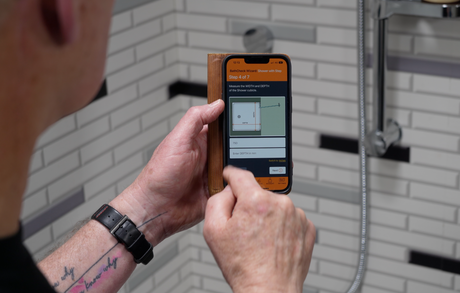
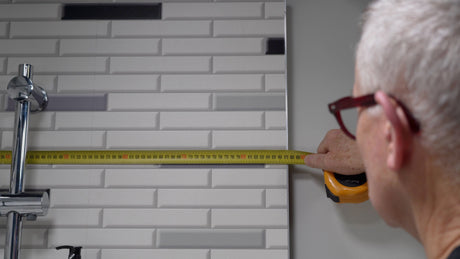
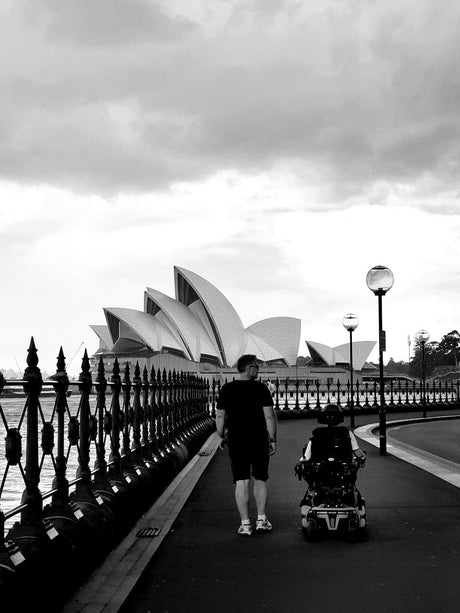
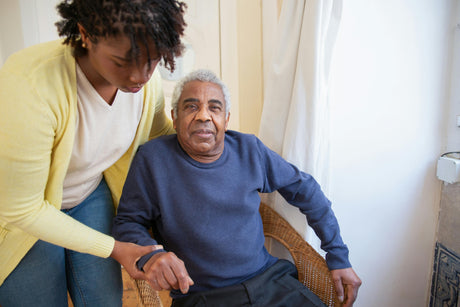

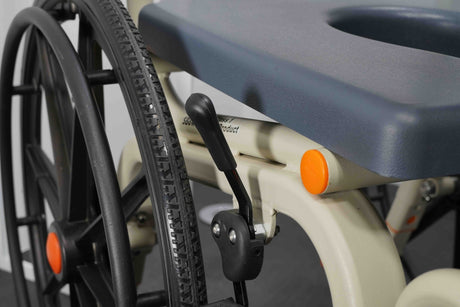


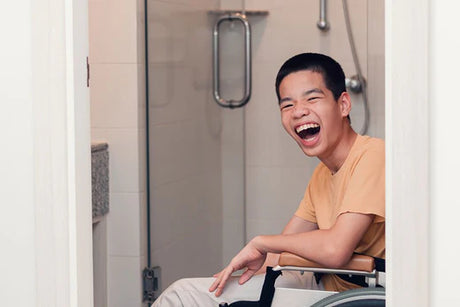
![Toilet Training A Young Child With Mobility Challenges [And How A Shower Chair Can Help]](http://shower-buddy.com/cdn/shop/articles/toilet-training-disabled-child_520x500_a90e5234-d372-435d-aa56-8da15dd3836c.webp?v=1722557239&width=460)

